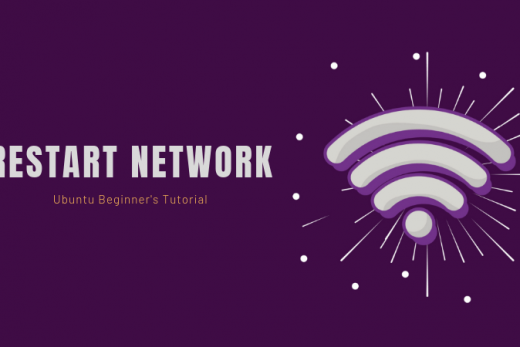Chrome OS as of end-2020 only occupies less than 2% of the desktop operating system market share. Of course, Windows leads the market by far with more than three quarters of the market, followed by MacOS below 20% of the market. Linux by comparison is only less than 2% of the market (source: statcounter).
So why the hype on Chrome OS? Well, apparently Chromebooks outsold Macs in 2020, and therefore gaining market share on Windows. Most of the Chromebooks were sold in the education sector. This should not be too surprising given that the COVID-19 pandemic has forced education to be delivered virtually due to the lockdowns, and Chromebooks nicely occupies the space of low cost entry to computing. Chromebooks are cheaper due to low hardware requirements of Chrome OS which largely relies on cloud based services. Very little needs to be done on the actual Chrome OS computer itself as most of the applications, storage, and computing is done on the Internet, on the cloud, thanks to Google.
You don’t need to buy a Chromebook in order to experience what Chrome OS is like with cloud based computing activities. Although Google does not officially provide Chrome OS to be installed on other computers, you can in fact do it through other ways: either downloading and installing Chromium OS (the open sourced version of Chrome OS), or using Neverware‘s (acquired by Google recently) CloudReady Chrome OS. I prefer the latter as someone else has done all the heavy lifting on sorting out the technicalities and coding.
With CloudReady you can install Chrome OS on your computer.
There is one downside, though. CloudReady’s Chrome OS installation will completely erase and replace your internal drive. So once, you have installed Chrome OS – it is bye bye to the previous OS on your internal drive. This looks like a one-way street for someone who only wants to test drive Chrome OS.
Actually, you can test drive Chrome OS without deleting everything on your internal drive. CloudReady’s USB flashdrive will allow you to try out Chrome OS without installing. The one downside to this – the version of that Chrome OS cannot be updated unless you create a fresh new USB flashdrive.
So how can you run Chrome OS without deleting your internal drive and still enjoy regular OS updates? Well, install CloudReady Chrome Os on an external (removable) drive (SSD, flashdrive).
I embarked on this project to see if that can be done. Here is how to achieve it.
First – create the CloudReady Chrome OS USB install flashdrive. I will not describe the way to do so, as Neverware’s website provides a clear instruction on how to do this. Just follow their instructions here. Just take note that as I was creating this flashdrive, I had problems with certain brands of flashdrives. Apparently sandisk flashdrives don’t work well with CloudReady. Be prepared to change flashdrives.
Second – boot your computer with CloudReady Chrome OS USB flashdrive. Connect to the network and log into your Google account and proceed to test the desktop experience. Do not click the “Install OS” option as described in Neverware’s installation guide, because the “Install OS” option will install to your internal drive and delete everything in it. You will need to install CloudReady Chrome OS via command line in order to install on a removable drive and not the default internal drive.
Third – this is where it gets more tricky as you will need to run commands in command line and not in the point and click way. I learnt this from poster Maggie Chen on the Neverware knowledgebase topic “Manual Installation Via The Cmd Line”. Some of her instructions are reproduced below. Open the Terminal app in Chrome OS. To do this press “Ctrl+Alt+T” to open the Terminal command line window. The command line window would look something like the following:

Fourth – you will see that the command prompt is coloured yellow (crosh). Enter the command shell to change from yellow (crosh) prompt to green (bash) prompt as below:

Fifth – now that you’re at a bash prompt, first determine your install destination by running –
sudo fdisk -l
This will display information about all storage devices and show their partitions – devices are in the form /dev/sd[letter] and their partitions have the format /dev/sda[letter][number].
You can look at the different whole-device storage sizes (approximated in GB at the top of each section) to determine out which device is your intended install destination (usually /dev/sda will be your primary internal drive).
Sixth – to install to the external (removable) USB drive, type the following commands:
cd /usr/sbin
sudo chromeos-install --skip_dst_removable --dst /dev/sdX
Replace “X” above with the letter you identified as being your external / removable drive.
You will be asked to confirm the source and destination – don’t proceed unless you are sure you want to wipe the target device (or unconcerned with the prospect of all data being wiped on your machine). When sure, type “Y” and press enter.
Now allow CloudReady to go through the process and wait. You may see some errors or warnings – don’t worry unless you the process stops with a large error dump or you see Traceback. The process will take 5-20 minutes depending on the speed of the USB and internal drive.
When the message “Please shutdown, remove the USB device, cross your fingers, and reboot.” appears, run the command –
sudo poweroff
Once the machine is totally shut down, remove your USB stick, and start up again. Hopefully, it all works.



